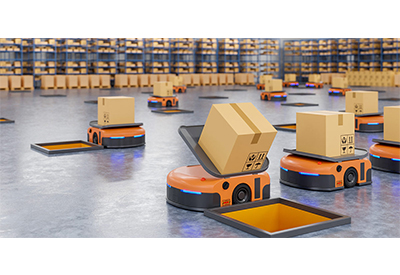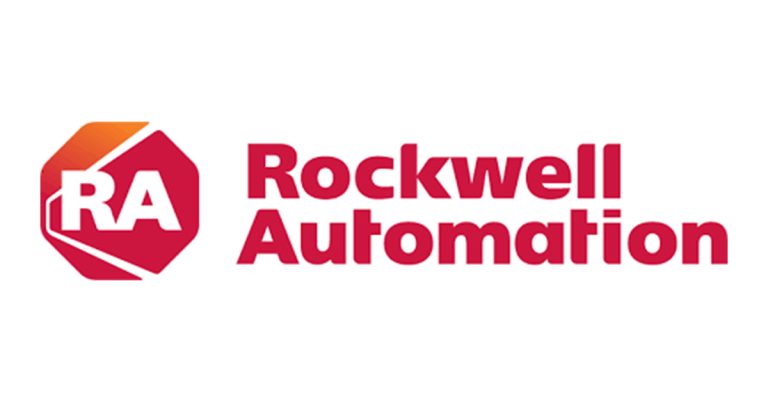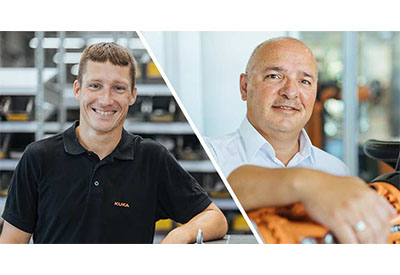Automation Helps Warehouses Meet Demand

November 23, 2021
One of the outgrowths of the global pandemic is an increased reliance on e-commerce for all types of goods. A trend that was already moving upwards, saw even faster growth as consumers looked for home delivery of everything from groceries and paper products to toiletries and electronics. This explosion in demand is just one factor that is driving the expansion of warehouses and distribution centers. (According to commercial real estate broker CBRE, e-commerce accounted for approximately 15 percent of retail sales prior to COVID. By 2030, that number is expected to nearly triple, to almost 40 percent.)
Pre-pandemic, e-commerce companies were growing, as consumers embraced 2-day, next-day, and even same-day delivery. This business model requires that distribution centers be located near population centers, so those delivery promises can be met.
Today, widespread supply chain disruptions are causing many manufacturers to increase their safety stock of both raw materials and manufactured goods, so they, in turn, can meet the demand of their customers.
All of these factors point to one thing: a rapidly growing need for warehouses and fulfillment centers globally.
Not your Father’s Warehouse
Demand for warehouse space is growing, but this space is also more grown up. Fulfillment centers are no longer filled with row after row of racks that are serviced by people and forklifts.
Today, automation is at the heart of the distribution center. Technology is in every corner of the space, with IT, automation, robotics, and people in collaboration with goods coming in and goods leaving. From the time the order is clicked online until it is dropped at the buyer’s door, automation is part of the equation. Inventory systems communicate with the retailer’s web ordering systems, so the consumer knows whether a product is in stock. Order data is communicated electronically to a fulfillment system that picks the correct product from a bin, moves it to an automated conveyor, drops the product into the right box, where it is sealed, labeled, and moved to a truck – all without human involvement. These “islands of automation” are all connected and communicating.
In this type of space, downtime is not an option.
This makes connectivity critical.
For an e-commerce company, unplanned downtime can cost as much as $220,000 per minute. Additionally, delays in delivery can impact the customer experience, which affects future consumer choice. That makes it imperative that the infrastructure in place be robust and reliable.
The Pathway of Digital Transformation
The level of automation and reliance on IIoT in warehouse facilities has developed over years. Many of the systems and controls that are automated in fulfillment centers got their start in the automotive industry decades ago. Distribution centers have adopted those technologies, which helps e-commerce and other companies meet demands – especially in a time when supply chain constraints are making fulfillment difficult.
The pathway of digital transformation starts with digital connectivity, then goes to controls and automation, then analytics, and finally to systems and technologies like artificial intelligence. These systems drive efficiencies in the warehouse and a competitive advantage for those companies that adopt them.
















